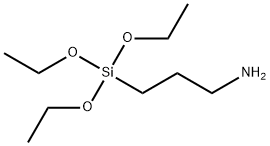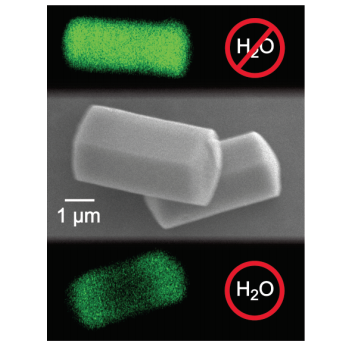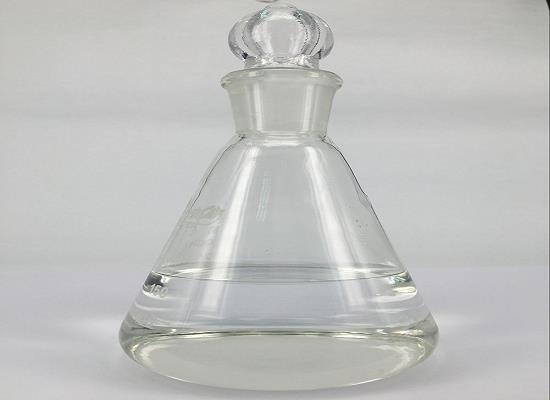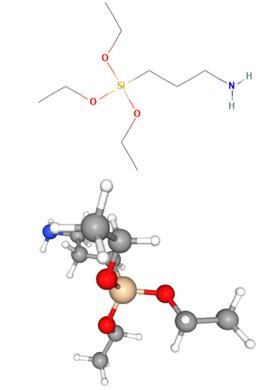The Multifaceted Role of 3-Aminopropyltriethoxysilane in Modern Chemistry
Introduction
3-Aminopropyltriethoxysilane stands as a pivotal silane coupling agent widely utilized in the fields of materials science, organic chemistry, and surface engineering. Known for its versatile functionality and bonding capabilities, 3-AMINOPROPYLTRIETHOXYSILANE serves as a bridge, linking organic and inorganic materials through its unique molecular structure. This silane agent is particularly prized for its ability to enhance interfacial interactions, which are critical in the development of composite materials and coatings that exhibit superior mechanical, thermal, and chemical resistance properties. Moreover, 3-AMINOPROPYLTRIETHOXYSILANE's ease of integration into diverse chemical processes and its ability to be functionalized with a variety of molecules make it a preferred choice among researchers and industry professionals. Its role is crucial not only in improving product performance but also in enabling the innovation of new materials that meet specific technical and environmental criteria.
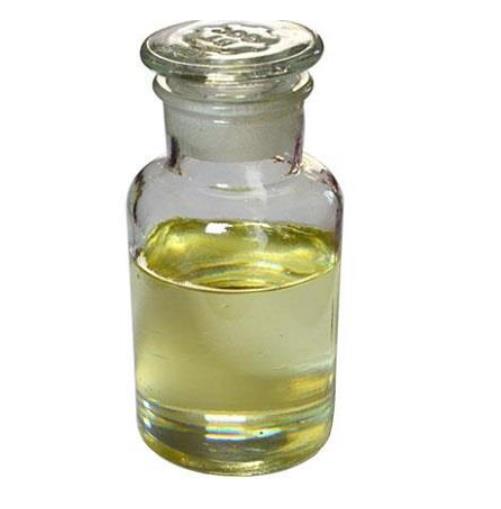
Figure 1 Characteristics of 3-Aminopropyltriethoxysilane
Synthesis of 3-Aminopropyltriethoxysilane
The synthesis of 3-Aminopropyltriethoxysilane involves the chemical reaction between aminopropyl and triethoxysilane under controlled conditions. Typically, the process starts with the reaction of gamma-aminopropyl with triethoxysilane in the presence of an acid catalyst. The reaction proceeds through a series of steps including amination and ethoxylation, ultimately leading to the formation of 3-AMINOPROPYLTRIETHOXYSILANE. The purity of the final product is crucial and is usually ensured through meticulous distillation and purification processes.
Main Components
The molecular structure of 3-AMINOPROPYLTRIETHOXYSILANE is characterized by a silane group bonded to an ethoxy chain, which is further connected to an amino-propyl group. This structure is symbolized by Si(OCH2CH3)3NH2. The silane core is responsible for its ability to form strong covalent bonds with inorganic substrates, while the amino group facilitates bonding with organic materials. This dual functionality makes 3-AMINOPROPYLTRIETHOXYSILANE an integral component in hybrid materials. The ethoxy groups play a pivotal role in the sol-gel process, providing sites for hydrolysis and condensation reactions, essential for network formation in silica-based materials. Moreover, the presence of the amino group introduces a basic site that can catalyze reactions or interact with other functional groups, enhancing the versatility and utility of 3-AMINOPROPYLTRIETHOXYSILANE in applications requiring specific surface functionalities.
Applications
3-AMINOPROPYLTRIETHOXYSILANE finds extensive applications across various domains. In the field of material science, it is used as an adhesion promoter, surface modifier, and precursor for hybrid materials. It plays a crucial role in enhancing the properties of composites by improving bond strength and durability. Additionally, 3-AMINOPROPYLTRIETHOXYSILANE is used in the biomedical sector for surface modification of medical devices and as a linker in drug delivery systems. Its ability to provide a functional interface makes it indispensable in the development of biosensors and other diagnostic tools.
In the realm of nanotechnology, 3-AMINOPROPYLTRIETHOXYSILANE is employed to functionalize nanoparticles to increase their compatibility with organic solvents and polymers. This modification is essential for the creation of nanocomposites and devices with specific optical, electronic, or mechanical properties.
Storage Methods
Proper storage of 3-Aminopropyltriethoxysilane is essential to maintain its efficacy and longevity. 3-AMINOPROPYLTRIETHOXYSILANE should be stored in a cool, dry place away from direct sunlight and moisture. It is typically kept in tightly sealed containers to prevent air and moisture ingress, which can lead to hydrolysis and degradation of the silane group. Moreover, it should be handled under inert conditions to avoid reactions with atmospheric moisture.
Conclusion
3-Aminopropyltriethoxysilane is a key silane coupling agent that has significantly impacted various scientific fields due to its unique ability to bond organic and inorganic materials. From enhancing material properties to facilitating innovative applications in nanotechnology and biomedicine, 3-AMINOPROPYLTRIETHOXYSILANE continues to be a cornerstone in the advancement of modern chemistry. Its synthesis, versatile applications, and proper storage practices highlight its importance and continued relevance in research and industrial applications. For chemistry professionals, understanding the depth and breadth of 3-AMINOPROPYLTRIETHOXYSILANE's capabilities is essential for driving future innovations and achieving breakthroughs in material science.
![Article illustration]() References
References
[1]Howarter J A, Youngblood J P. Optimization of silica silanization by 3-aminopropyltriethoxysilane[J]. Langmuir, 2006, 22(26): 11142-11147.
[2]Maddox P H, Jenkins D. 3-Aminopropyltriethoxysilane (APES): a new advance in section adhesion[J]. Journal of clinical pathology, 1987, 40(10): 1256.
You may like
Related articles And Qustion
Lastest Price from 3-Aminopropyltriethoxysilane manufacturers

US $0.00/kg2025-06-13
- CAS:
- 919-30-2
- Min. Order:
- 1kg
- Purity:
- 99.0%min
- Supply Ability:
- 50mt per month

US $0.00/KG2025-04-21
- CAS:
- 919-30-2
- Min. Order:
- 190KG
- Purity:
- 98%min
- Supply Ability:
- 30tons/month
